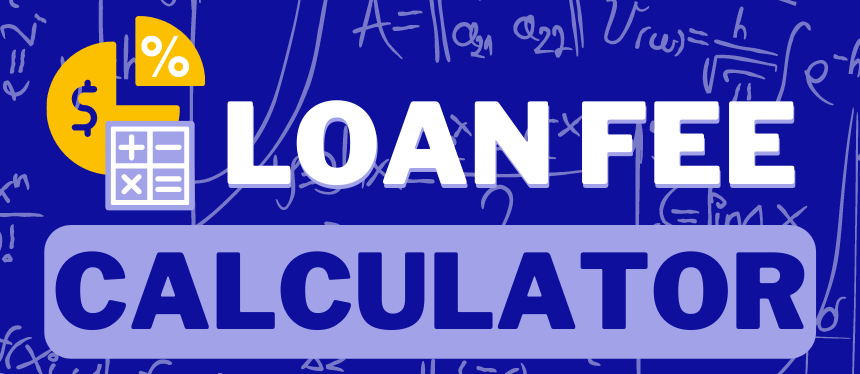Course Drops & Withdrawals
Course Drops & Withdrawals
Course Drops and Withdrawals
There are several enrollment adjustments that may or may not impact your financial aid. It is always important to consult with both the Registrar's Office and Financial Aid to see how making registration adjustments may impact your academic and financial status.Considerations Before Withdrawing
Drop vs. Withdrawal
| Definition | Impact on Financial Aid | |
|---|---|---|
| Course Drops | You removed a course from your schedule during the add/drop period. You are not charged for the class and it is completely removed from your transcript. | When you drop a course, the number of semester credits will decrease. Dropping below full-time will affect grant and scholarship eligibility; dropping below half-time will affect eligibility for loans as well. |
| Individual Course Withdrawal | You withdraw from one or more courses but are still enrolled in at least one class for the term. With a withdrawal, the course appears on your transcript and you will have a "W" for that course. |
As long as you are still enrolled in at least one course for that term, your financial aid will not be impacted.* You are still responsible for the original tuition/fees charges. |
| All-Enrollment Withdrawal | You withdraw from all courses in a term and are no longer enrolled for that semester. You earn a "W" for all courses that term. |
You will only be eligible to receive a prorated amount of aid based on the policy below. You are still responsible for the original tuition/fees charges. |
*If your last date of attendance for the course(s) from which you are withdrawing is before state grants have disbursed, those credits will not be counted in determining your enrollment status for state grant eligibility. Most state grants, including the Tuition Aid Grant (TAG), require you to be enrolled in at least 12 credits.
Satisfactory Academic Progress and Withdrawals
As a financial aid recipient you are required to meet standards of Satisfactory Academic Progress (SAP) in order to remain eligible for your financial aid. One of the standards requires you to complete 67% of all credits you attempt (we call this "Pace").
Let's pretend it is your first semester at Rowan and you are enrolled in 12 credits but later withdraw from 6 credits. You only competed 50% of the credits you attempted, so you will likely get an email after the semester ends notifying you of being on SAP warning for not meeting the Pace SAP standard.
Repeating a Class after a Withdrawal
If you are withdrawing from a class there is a good chance you may plan to retake it in a future term. Sometimes these credits may not count toward your financial aid enrollment (remember, undergraduate students need to be enrolled in 6 credits for federal loans and 12 credits for some grant programs). Before deciding to withdraw from a course, check out these links below.
Long (but important) All-Enrollment Withdrawal Policy
All-Enrollment Withdrawal Policy
Definitions to Know:
Last Date of Attendance: the last date that you participated in an academic activity such as attending class, submitting coursework, taking an exam. For online courses, attending class is measured by participating in a discussion, not simply logging in to the online platform or course.
Official Withdrawal: notification has been provided to the Registrar’s Office that you intend to or have already ceased attending all of your classes in a semester/term.
Unofficial Withdrawal: any semester where the student does not earn academic credit for any of the courses for which you were registered. In simple terms, you failed all your classes that semester, or have a combination of course withdrawals, incompletes, and failures. At the end of each semester, we review academic performance for these occurrences and will notify students whose aid has been removed/reduced as a result.
Return of Funds: Officially known as the Return to Title IV calculation, this equation uses the student’s withdrawal date to determine how much financial aid has been earned and how much must be returned to either the Department of Education or the State of New Jersey.
Withdrawal Date: this is the earlier of the date you provided notice to the Registrar’s Office or the Last Date of Attendance if no notice was provided.
Overview
Financial aid is disbursed at the beginning of the semester with the expectation that you will successfully complete each of the courses in which you are registered. The information below explains how your financial aid may be reduced if you withdraw from all of your courses or stop attending classes while receiving financial aid. This policy applies to both official and unofficial withdrawal situations. The withdrawal date, which is used in the calculation of earned aid, is determined by either the date you notified the Registrar’s Office that you were withdrawing, or the last date of academic activity recorded by the instructor whenever they assign a nonpassing grade for a course.
In addition to understanding the impact to federal financial aid, the NJ State Grants and/or Scholarships such as Tuition Aid Grant (TAG), EOF, NJSTARS II program rules require us to return 50% of your award received if you fail all of your courses in a single semester (“unofficial withdrawal”).
In addition to impacting your financial aid received for that semester, withdrawing and/or failing courses may interfere with your eligibility to receive aid in future terms. Please review the Satisfactory Academic Progress policy for more information.
Treatment of financial aid (Title IV) Aid When a Student Withdraws
The law specifies how Rowan must determine the amount of Title IV program assistance that you earn if you withdraw from school. The Title IV programs that are covered by this law are Federal Pell Grants, Iraq and Afghanistan Service Grants, TEACH Grants, Direct Loans, Direct PLUS Loans, Federal Supplemental Educational Opportunity Grants (FSEOG), and Federal Perkins Loans.
Though your aid is posted to your account at the start of each period, you earn the funds as you complete the period. If you withdraw during the semester, the amount of Title IV program assistance that you have earned up to that point is determined by a specific formula. If the amount disbursed on your student account is less than the amount that you earned, you may be able to receive those additional funds. If you received more assistance than you earned, the excess funds must be returned to the U.S. Department of Education by Rowan and/or you.
The amount of assistance that you have earned is determined on a pro rated basis. For example, if you completed 30% of the enrollment term, you earn 30% of the assistance you were originally scheduled to receive. Once you have completed more than 60% of the payment period or period of enrollment, you earn all the assistance that you were scheduled to receive for that period.
If you did not receive all of the funds that you earned, you may be due a post-withdrawal disbursement. If your post-withdrawal disbursement includes loan funds, we must get your permission before we can disburse them. You may choose to decline some or all of the loan funds so that you don’t incur additional debt. Rowan may automatically use all or a portion of your post-withdrawal disbursement of grant funds for tuition, fees, and room and board charges (as contracted with the school). The school needs your permission to use the post-withdrawal grant disbursement for all other institutional charges. If you did not give your permission, you will be offered the funds. However, it may be in your best interest to allow the school to keep the funds to reduce your account balance owed, if any.
There are some Title IV funds that you were scheduled to receive that cannot be disbursed to you once you withdraw because of other eligibility requirements. For example, if you are a first-time, first-year undergraduate student and you have not completed the first 30 days of your program before you withdraw, you will not receive any Direct Loan funds that you would have received had you remained enrolled past the 30th day.
If you receive (or your school or parent receive on your behalf) excess Title IV program funds that must be returned, your school must return a portion of the excess equal to the lesser of:
- your institutional charges multiplied by the unearned percentage of your funds, or
- the entire amount of excess funds.
The school must return this amount even if it didn’t keep this amount of your Title IV program funds. If your school is not required to return all of the excess funds, you must return the remaining amount.
For any loan funds that you must return, you (or your parent for a Direct PLUS Loan) repay in accordance with the terms of the promissory note. That is, you make scheduled payments to the holder of the loan over a period of time.
Any amount of unearned grant funds that you must return is called an overpayment. The maximum amount of a grant overpayment that you must repay is half of the grant funds you received or were scheduled to receive. You do not have to repay a grant overpayment if the original amount of the overpayment is $50 or less. You must make arrangements with your school or the Department of Education to return the unearned grant funds.
The requirements for Title IV program funds when you withdraw are separate from any refund policy that your school may have. Therefore, you may still owe funds to the school to cover unpaid institutional charges. Your school may also charge you for any Title IV program funds that the school was required to return. Please review Rowan University’s Refund Policy. You may also want to review the requirements and procedures for officially withdrawing from school.
If you have questions about your Title IV program funds, stop by our office, or call the Federal Student Aid Information Center at 1-800-4-FEDAID (1-800-433-3243).



